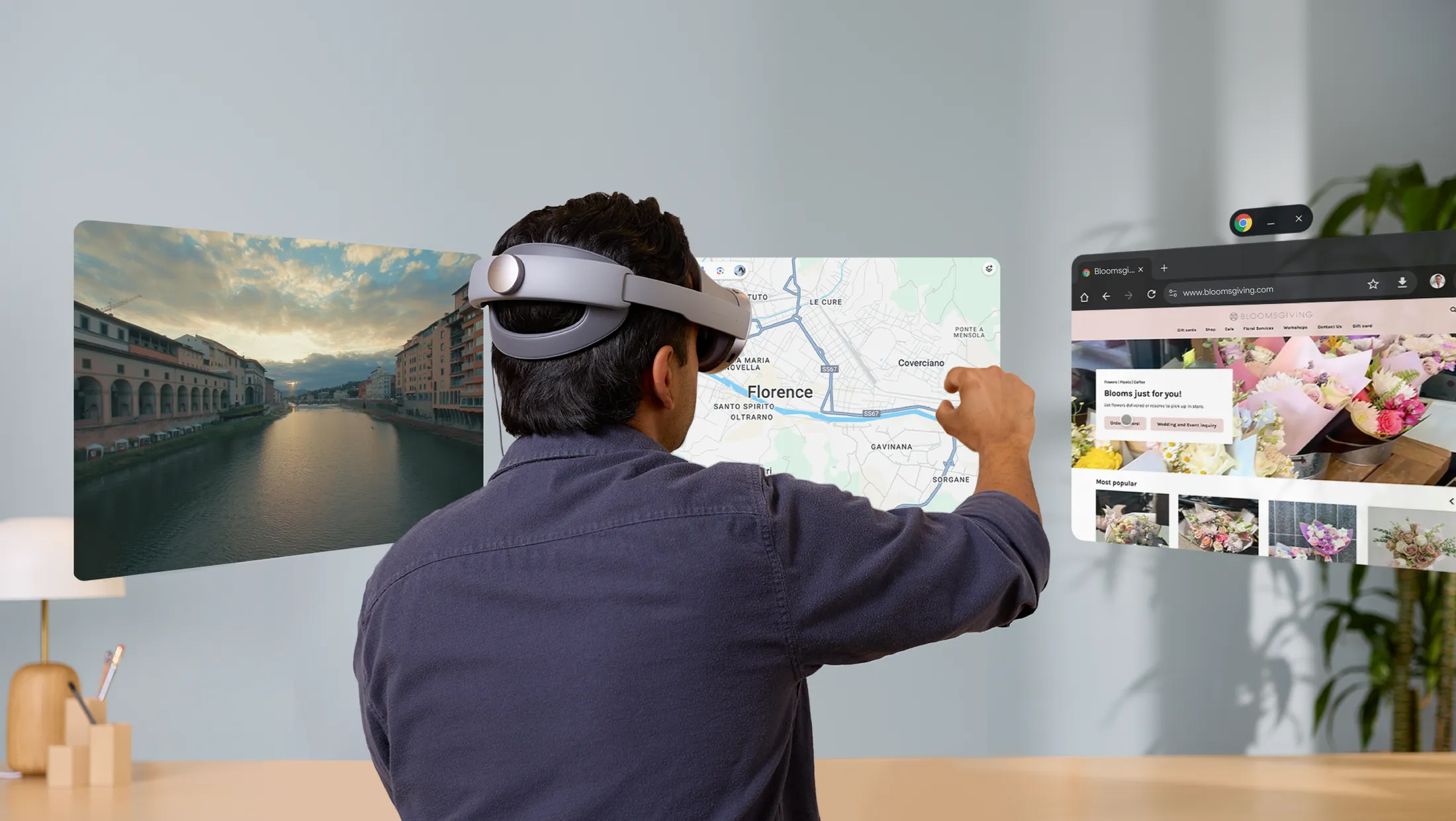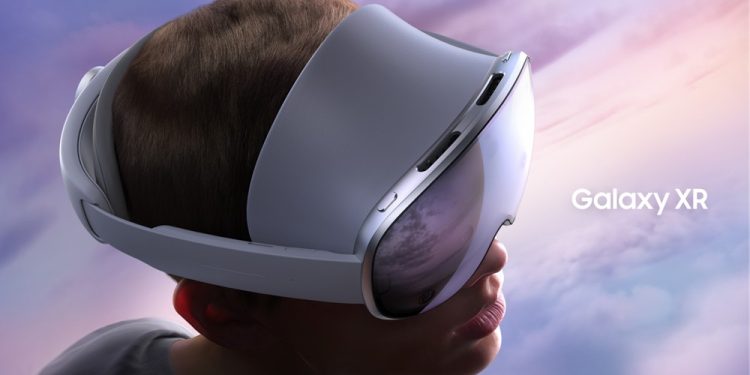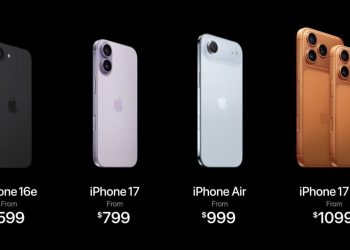
Android XR is Google’s most ambitious version of Android as a virtual environment. The company calls it an “infinity screen” that lets you organize floating apps to create a personalized workspace. The software includes 3D versions of popular Google apps like Google Maps, Google Photos, and YouTube, as well as streaming apps, games, and custom XR experiences like Calm and Adobe.
Google says its support for open standards for immersive experiences means more content will be available. However, more than anything else, Android XR is a vehicle for Gemini. The phones’ Gemini Live feature is available on Android XR and is more aware of your surroundings thanks to all of the Galaxy XR’s cameras and orientation sensors. For example, you can ask Gemini questions about what’s on the screen, including app content or real objects that appear in the passthrough video when you look around. Gemini can also help you organize your floating windows
Although more Android XR hardware is planned, the Galaxy XR is the only way to experience it at the moment, and it’s not cheap. Samsung’s headset is available for purchase at $1,800. If hand gesture control isn’t enough, you’ll have to pay an extra $175 for the wireless controllers (discounted from the $250 retail price). The Galaxy XR also supports prescription lenses if you need them, but that costs an additional $99.
Buyers receive a collection of freebies to help them justify the price. It comes with a full year of Google AI Pro, YouTube Premium, and Google Play Pass. Collectively, this would typically cost $370. Owners can also get three months of YouTube TV for $3, and everyone who owns the Galaxy XR will have access to the 2025-2026 NBA League Pass season in the United States.









